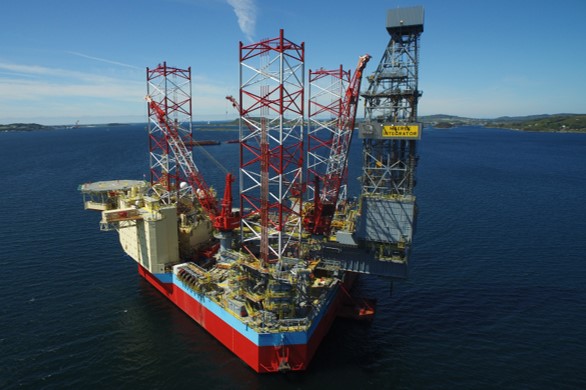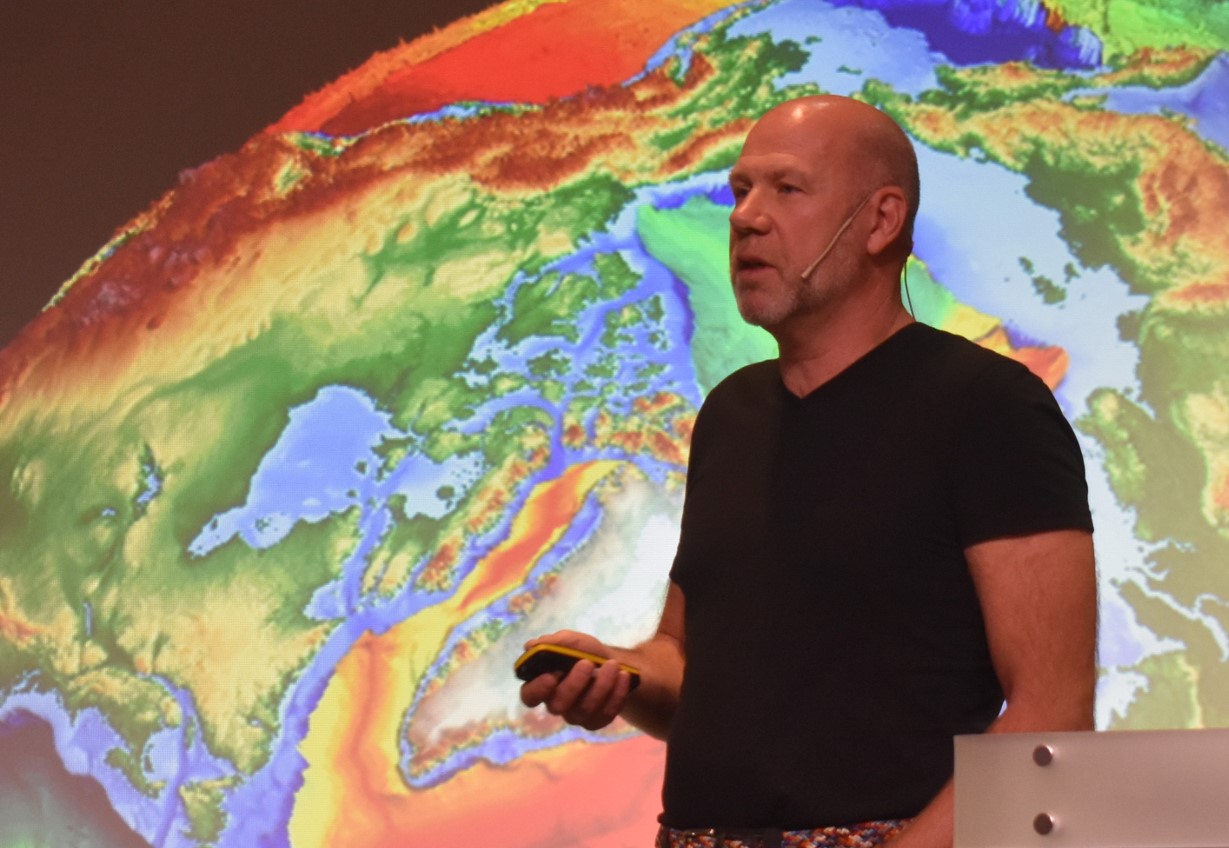“Oil prices fluctuate, but we aim for a steady pace in terms of our exploration activities,” says Olav Antonio Blaich, VP Exploration & Reservoir Development at Aker BP in Norway.
“The creative processes that are crucial to mature a play or a prospect requires steadiness and long-term commitment. Subsurface knowledge is only gradually built up through continuous analysis and integration of large amounts of data. Therefore, at Aker BP, we are convinced that exploration is a long-term game and not something we turn on and off following the oil price,” adds Blaich.
Exploration requires audacity, which the operator has shown through drilling many exploration wells over the past years, targeting reservoirs ranging from Permian to Miocene age in areas from the Central Graben in the south to the eastern part of the Barents Sea. In the period from 2016-2020, the company drilled 49 exploration wells and discovered 200 – 300 MMboe.
“We had great exploration successes in the Alvheim area with the Frosk and Froskelår Main discoveries in the injectite play,” explains Blaich. “Also, the continuous belief in exploration and always making decisions based on the best available data, has led to several discoveries that together has enabled the NOAKA development,” he further sets out.
Attend the NCS Exploration Strategy Conference, 17-18 November in Stavanger, and hear from Olav Antonio Blaich – VP Exploration & Reservoir Development at Aker BP – how the company is preparing for the busy years ahead when it comes to exploration on the NCS.

Barents Sea
Since 2011, Det Norske/Aker BP has drilled 22 wells and made 12 discoveries in the Barents Sea. However, despite the long-lasting effort and testing several plays and geological provinces, the company has not been able to prove commercial volumes. “Aker BP has therefore, for the time being, no shares in any producing assets in the Barents Sea and our exploration efforts will focus on the Norwegian and North Sea,” Blaich explains.
Liatårnet
It is no surprise that the latest appraisal well (25/2-22S) on Liatårnet did not result in the success Aker BP had hoped for, with lower amounts of hydrocarbons in the well than expected whilst confirming the heavy oil nature of the deposit. “Pending further analysis, this means that a downward revision of the resource estimate is likely,” says Blaich. “However, it is also important to understand that Liatårnet was never included in the NOAKA resource base.”
Even though shallow targets are a very challenging play, Aker BP will continue testing new plays and will drill another shallow target in 2022 near the Valhall field in the North Sea.
“At the same time, NOAKA is a very important project for Aker BP and we will continue to explore this area as well,” Blaich emphasises. “We plan to drill one exploration well already in 2022, targeting both an Eocene (Frigg Member) and Jurassic (Tarbert Formation) reservoir.”
ILX
With regards to infrastructure-led exploration, Blaich reiterates that it is a very comprehensive strategy: “Many of the producing fields on the Norwegian shelf are on their way into the late life stage. If we want to maximize the value of existing infrastructure, we must intensify our ILX efforts now. That’s why we are increasing our focus on ILX-driven exploration, also to achieve our goals of finding high value, low cost and low carbon barrels.
At the same time, the company does not puts all its eggs in the ILX basket and is committed to spend 20% of its exploration budget in the search for a new hub.
“All in all, we’re looking forward to many and exciting years ahead of us!” concludes Blaich.
HENK KOMBRINK





